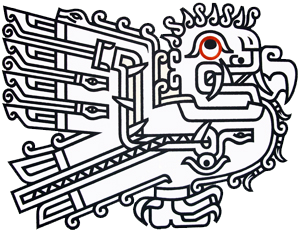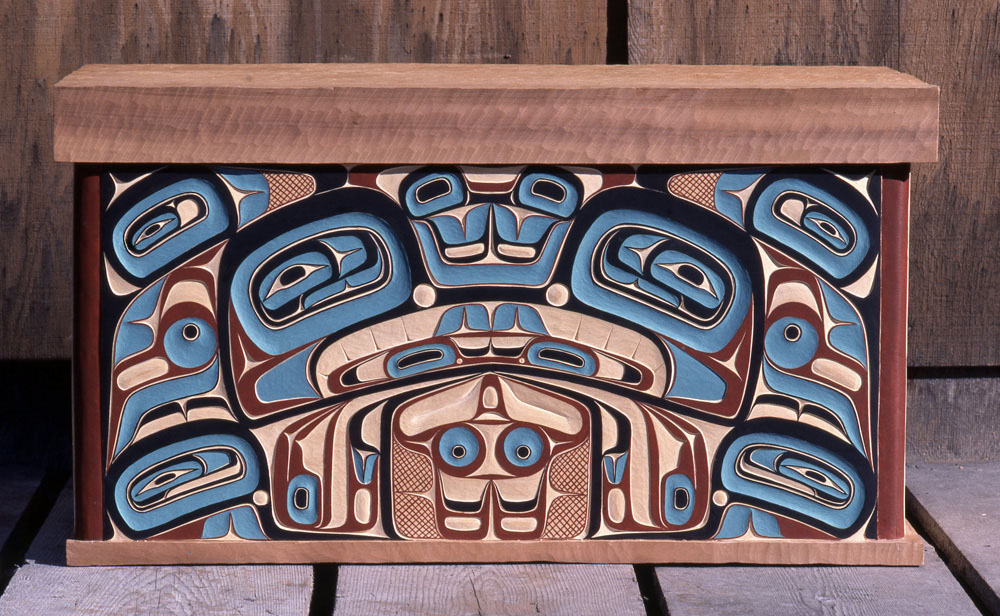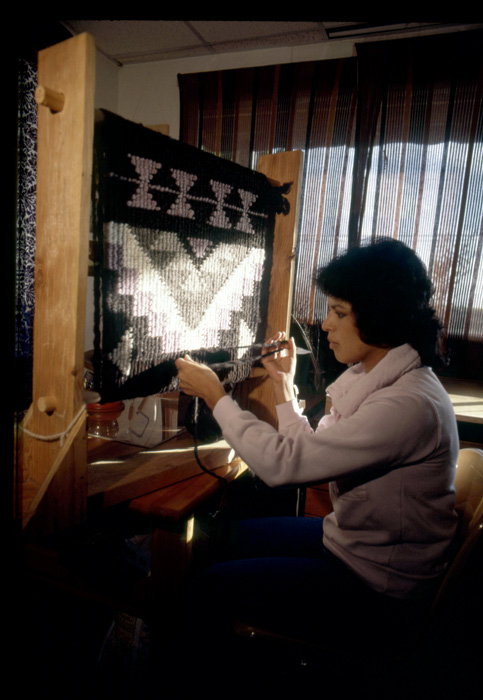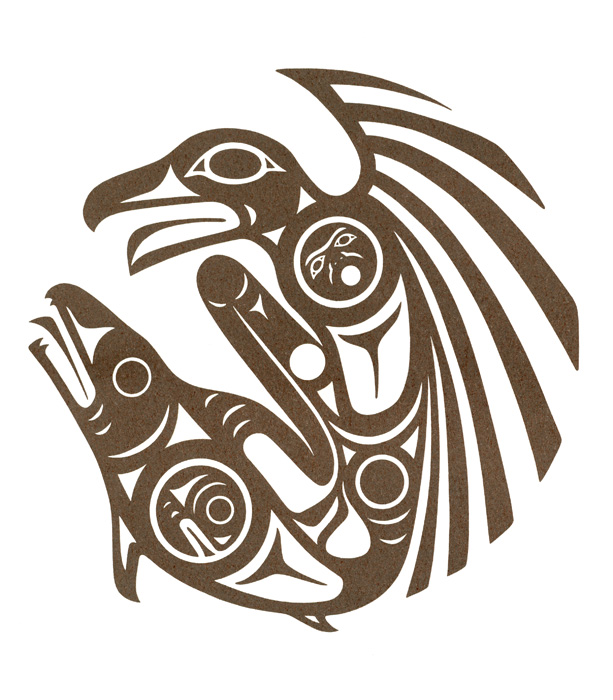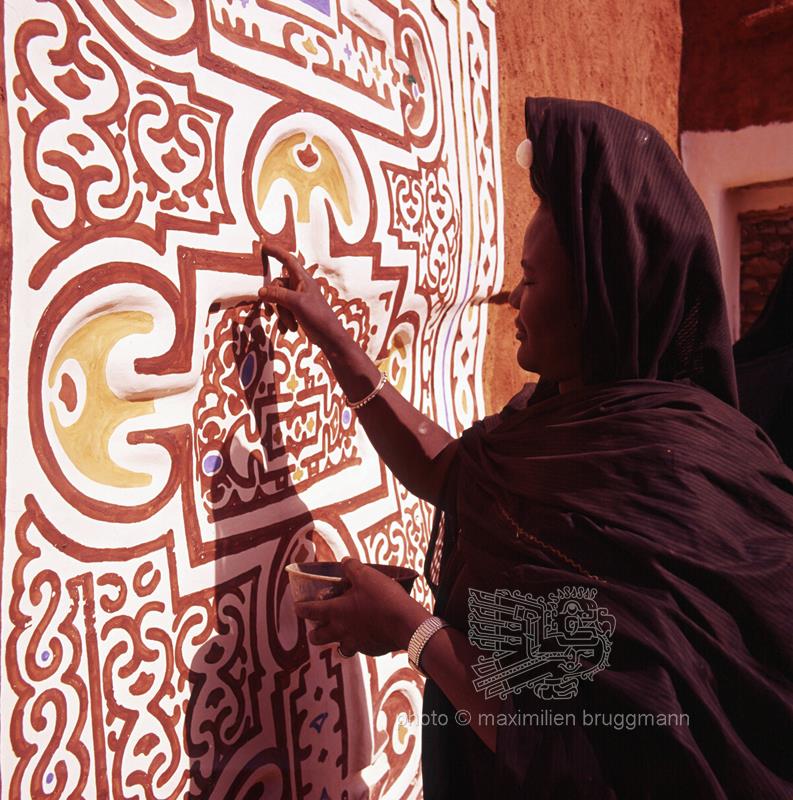19 resultados
- Home
- Su vida ...
- Su obra ...
- Medios ...
-
Galería de fotos ...
- Todas las fotos
- -
- Arte rupestre en el Sahara completado
- Tuareg
- Pueblos
- Indios del noroeste
- Perú
- La cultura de los incas
- Culturas preincaicas
- Los Andes
- Argentina
- Gauchos
- Centroamérica
- Sahara 1962-1975
- Sahel
- Sahara : Tassili - Tadrart 1993
- Del Teneré al Aïr NUEVO !
- En las dunas del Erg Izane NUEVO !
- Por los montes Tamgak NUEVO !
- De Adrar Bous a los montes Tamgak NUEVO !
- Con los tuaregs al borde de los montes Tamgak NUEVO !
- Construir un Tataram: Documentación NUEVO !
- Comentarios
